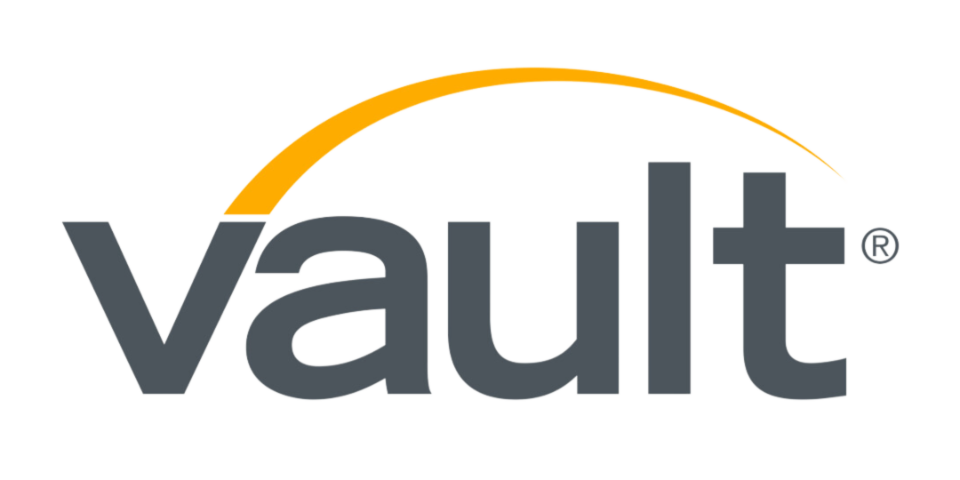Nuclear Power

Overview
Nuclear power is energy released in large amounts when atomic nuclei form or split. The light and heat produced by the sun and other stars is an example of naturally occurring nuclear energy. Unlike the energy produced naturally by the sun and stars, which can be unpredictable, artificial nuclear energy created in nuclear reactors can be released in a steady, controllable manner.
A nuclear reactor is loaded with pellets of fuel, usually uranium, lined up in thin metal tubes, or fuel rods, which generate fission reactions. These reactions release neutrons, which cause other fission reactions in a chain reaction to heat water to produce steam and generate electricity. Nuclear energy workers use control rods, moved in and out of the reactor, to moderate these reactions and produce less or more heat.
Nuclear safety is overseen by the Nuclear Regulatory Commission, a federal agency, responsible for the regulation of nuclear power in the United States. They monitor plant safety and maintenance, disaster response plans, and safe disposal of radioactive waste.
Employment in this industry has been affected by the lack of baseload (nuclear or coal) power plants built in the U.S. since 1980, due in part to many companies limiting construction of new facilities to peaking plants that are small facilities, usually natural gas- or oil-fired, that may be quickly turned on and off according to fluctuations in energy demand. Accidents at nuclear plants, including Three Mile Island in 1979, Chernobyl in 1986, and Fukushima in 2011 have also held back growth in this industry due to concerns over the safety of nuclear reactors. The focus of energy production research and development also has shifted toward the development of other renewable energy sources such as solar and wind power.
